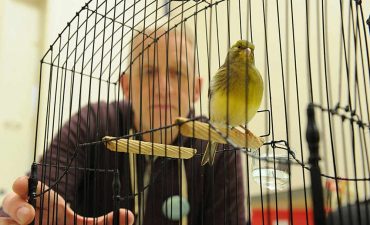The survival of nearly extinct species inside cages
We have to cage some animals to prevent them from getting extinct states the conversation department. The captive breeding programs are managing to save species from being extinct. Without providing captive breeding species like pygmy rabbits from Colombia, Californian cordons had been extinct today.
Coral breeding is seriously tough
The toughest job for the conversation department comes when they have to breed corals. The ocean offers them a suitable environment for breeding with their mates. Due to the advancement in technology creating artificial environments is possible today. Further, we will discuss the 5 animals that cannot be caged.
Why a human should not cage these five animals
1. Cheetahs
The female cheetahs are too secretive when concern with their breeding lives. They don’t like to breed in an artificial environment. The male follows a female by sniffing her urinated place. Due to the captive breeding of cheetahs, the newborn offspring are too weak and die before they reach adolescence. At the start of the 20th century, there were nearly 1, 00,000 cheetahs all over the world. Their population has decreased to 10000 today. To minimize this decrease in population of the species scientists are using artificial ways of mating.
2. Northern White Rhino
The excessive poaching of the northern white rhino brought its population to 3 in 2008. There were only three northern white rhinos in central Africa. The conversation department stated that these rhinos will be in the safety with an armed guard. Out of three one male was too old and cannot mate with the female. It was also too weak for artificial mating. The only way to protect them is by creating a hybrid with the southern white rhino.
3. Yangtze soft shell turtle
We might not see this species in the coming decades. There are only two of its kind and what’s more bad is the male is infertile. They are kept in Suzhou Zoo in China. The scientist have failed in providing them artificial mating. The scientists will try the artificial way of reproduction in October once more.
4. Whooping cranes
In 1941 only 20 whooping cranes were alive and were captivated at the Audubon zoo in New Orleans. The population of these birds today is 400. The success is purely granted to the hard-work of conservation departments and scientists for creating artificial modes of reproduction in them.
5. Giant Pandas
The population of this species was ceased into a thousand in 1970. Owing to this the conservation department brought few into captivity. There are many conversation departments all around the world today increasing their population in thousands in this decade.






